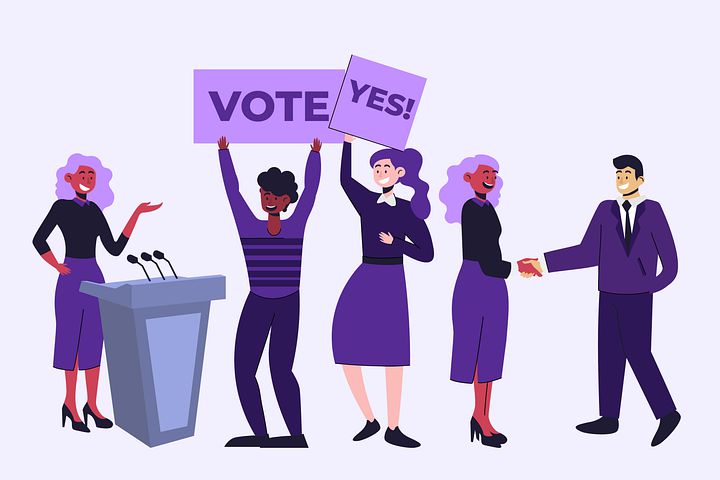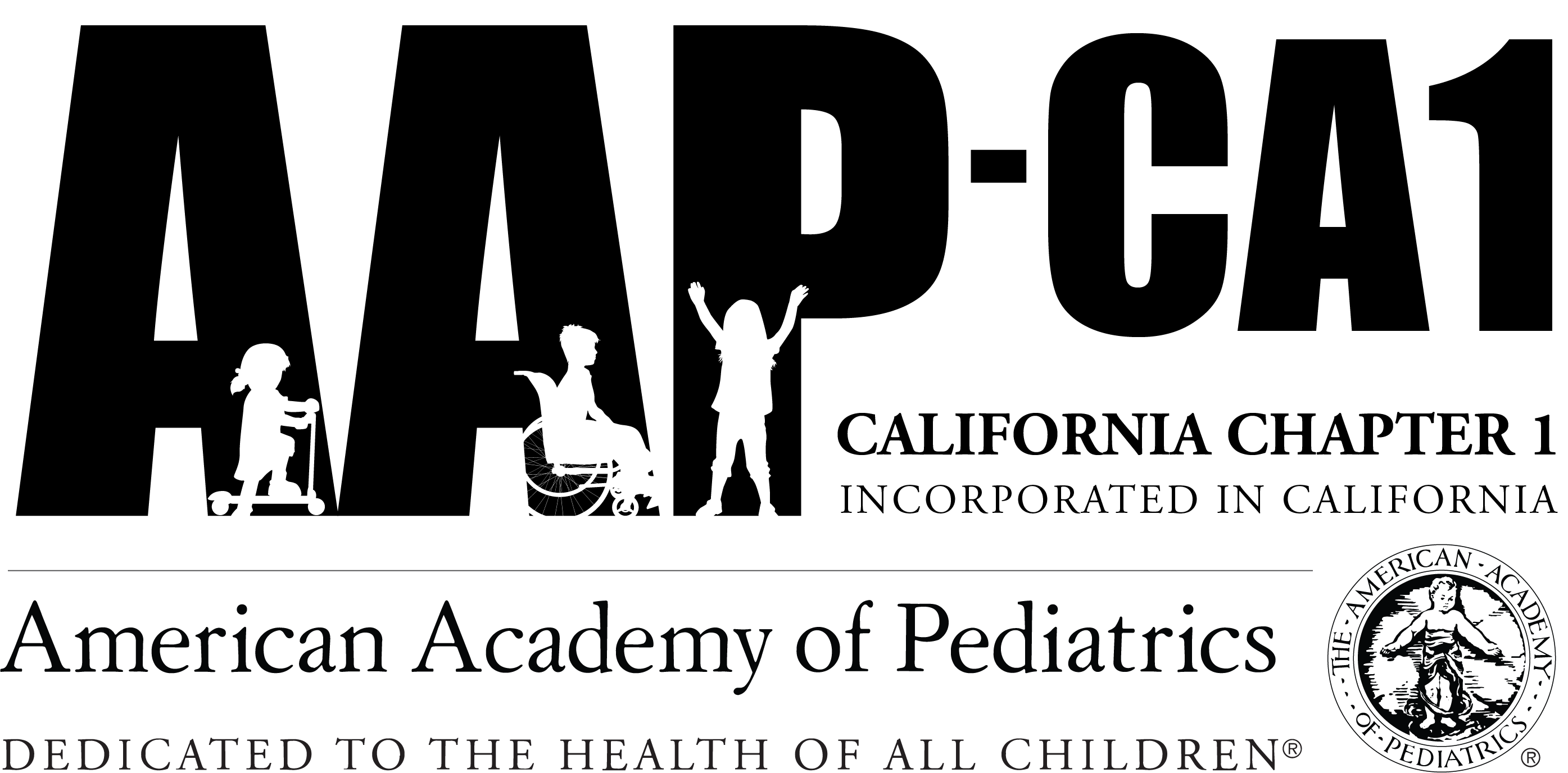What’s Up, Docs? Article
Samantha Sechrist, MS-1, Greta Peng, MD and Ali Valdrighi, MD
Posted October 27, 2020

As the 2020 US presidential election quickly approaches, the call to political advocacy for
physicians is of high importance. With the degree of voting misinformation being circulated
during this election cycle, it is even more necessary for medical professionals to be a trusted
resource for patients. This is especially important for those who have traditionally faced barriers
to voting and who have been the targets of disinformation such as immigrant populations.
In California, there are more immigrant eligible voters than in any other state, yet rates of voting
for immigrants still lag behind those of US-born citizens (1,2). Voting amongst immigrant
adolescents is especially low. While 1 in 4 of 18-24 year olds in 2014 were born abroad or to
immigrant parents, these adolescents were the least likely to vote (3). Only ⅓ of first generation
immigrant adolescents register to vote and even among second generation, they are 7 percent
less likely to register to vote than nonimmigrants (3).
The reasons immigrants are less likely to vote are multifactorial and stem from a number of
systemic barriers. One major barrier is lack of voting materials in required languages; only 55%
of immigrant eligible voters in California are English proficient. Although under federal and state
law, polling places are required to provide access to translated materials, in the November 2016
election, 25% of polling places across 17 California counties were missing translated ballots (4).
While mail-in ballots can be provided in different languages and voters may bring family, friends
or community members with them to translate, many people are unaware of this and many poll
workers are inadequately trained to provide these services (5). Other barriers include lack of
availability of easily accessible polling sites, stricter voter ID requirements imposed on
minorities, and strict local provisional ballot rules.
New barriers are faced in the upcoming 2020 election with increased fear among immigrant
communities due to perpetuated disinformation and lack of translated reliable sources of
COVID-19 information regarding safe voting methods. Additionally, anti-immigration rhetoric and
increased ICE activity coupled with stricter public charge rule requirements has created fear of
interaction with the government in immigrant communities. This fear may further extend to
voting, despite the fact that these rules and regulations do not apply to those eligible to vote.
As physicians, we are one of the key access points to communities and are able to serve as a
source of information. Pediatricians especially can influence new adolescent voters to create
life-long habits of engagement. Voting is tied to better mental and physical health outcomes
and by promoting civic engagement we not only empower our patients, but also allow them to
use their voice to support their own healthcare (6). Even for immigrants who are not US citizens,
there are ways besides voting to be involved including volunteering, protesting, educating others
on ballot measures and helping others register to vote. It is important that we are able to
recognize barriers families face and provide them with the resources and information needed.
For information to provide families, you can access AVS summaries and guides at Guide, AVS.
The 2020 election is pivotal in the course of history and it is part of our role as pediatricians to
empower our patients to have their voices heard.
Related articles:
- Milligan, Michael; Jones, David MD, PhD (2017). Voting and the Role of Physicians : Academic Medicine. Retrieved from:
https://journals.lww.com/academicmedicine/fulltext/2017/09000/voting_and_the_role_of_physicians.8.aspx - Noe-Bustamante, L., & Budiman, A. (2020, August 27). Most of the 23 million immigrants eligible to vote in 2020 election live in just five states. Retrieved from: https://www.pewresearch.org/fact-tank/2020/03/03/most-of-the-23-million-immigrants-
eligible-to-vote-in-2020-election-live-in-just-five-states - Enchautegui, M. E. (2016, March 28). Will immigrant youth vote in the upcoming election? Retrieved from: https://www.urban.org/urban-wire/will-immigrant-youth-vote-upcoming-election
- Asian Law Caucus (2020, February). Toolkits to Impact Elections. Retrieved from: https://www.advancingjustice-alc.org/wp-content/uploads/2020/02/Ways-to-Impact-
Elections_FINAL-1.pdf - Carnegie Corporation of New York. (n.d.). 11 Barriers to Voting: Voting Rights. Retrieved from: https://www.carnegie.org/topics/topic-articles/voting-rights/11-barriers-voting/
- Gomez, S., & Chadha, N. (n.d.). The VOICE Project. Retrieved from: https://aapca1.org/the-voice-project/
